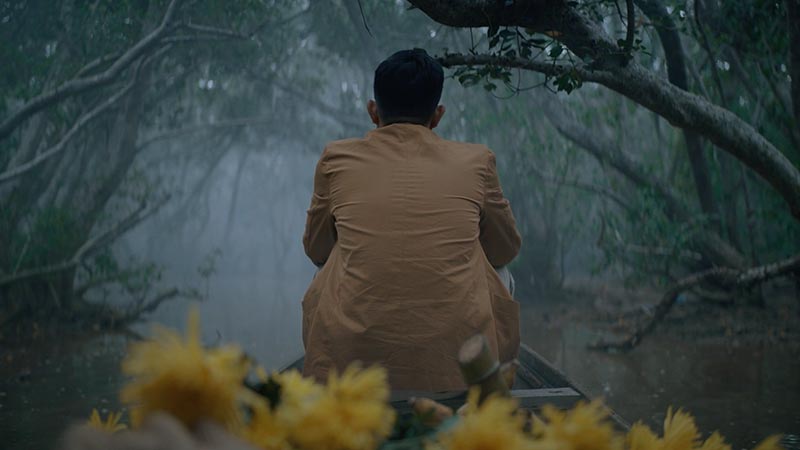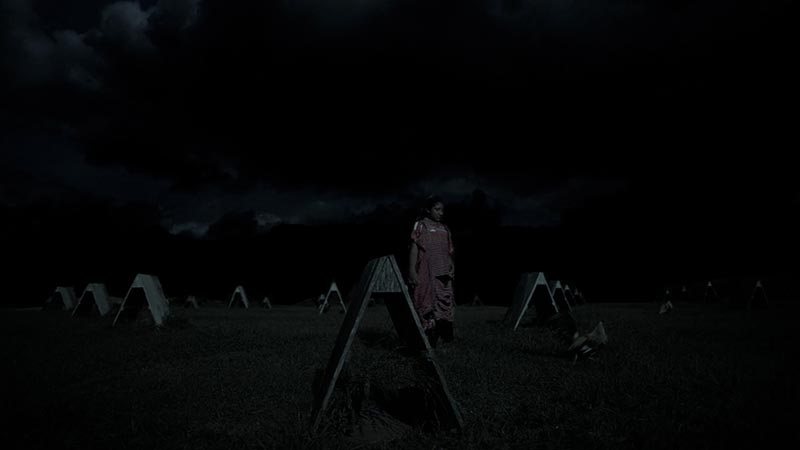“mother/land” is a visual poem and dance piece that critiques and questions the problematic discourse between a first generation immigrant and their parents, specifically the mother, and the so-called motherland. Narrated by Ingrid Safranek alongside a volatile dance performed by Demetries Morrow and featuring music by Iranian-born DJ Ash Koosha, the project channels that intersection of stateless antipathy, a letter once forgotten and the rejection of an unwanted home as it builds towards an abattoir of cinematic decomposition — yet with what seems like hope.
Can you tell us what inspired you to bring this story to life?
The previous administration (the one active when this project was concepted, produced and shot) had complicated the relationship with so called “Americans” and the immigrants of all generations and cultures who are here in America. During a slow period of work after the NYC quarantine, I decided to put together a project where I could continue and exercise my work as a cinematographer while also investigating that juxtaposition of human nature and antipathy through a visual journey of violent choreography and poetry lamenting the rejection of homes; be it the motherland itself, the adopted motherland or the physical mother herself. And in many ways, all the consequences that come with that dialogue. I tried to channel my experience as someone who was born in Pakistan and grew up in the US but is seen as neither Pakistani or American into directing the piece.
Tell us about your process of representing ‘mother/land’ in costume.
For the mask specifically, I considered how my story and questions towards an adopted homeland could have an anonymous universality that could be explored through the elements constructing the frame i.e. costumes, locations, language and the image itself. Pulling inspiration from the masks of early Masion Margiela runway shows , I tried to intersect the decomposition of both self and image in a way that can hopefully connect that specific space to all who engage with the piece.
Such an intriguing contrast between the visual poem and the closed-in interview, what were the difficulties in managing the pace between both?
The concept of the jarring cut to the ambiguous room was one of the first ideas to materialize in the early stages of this project. Though it’s difficult to say what exactly inspired this, I felt it was necessary in order to explore the sudden changes in feelings one can have in regards to their relationship with the homeland, or those that embody it (in this case: the USA, a nation where the ‘American Dream’ is marketed and disregarded in the same breath). Frederick Wiseman’s ‘Titticut Follies’ was definitely an influence and the challenge of breaking the flow of a short project in a way I hadn’t seen done in this way was something interesting to me, especially as a cinematographer where maintaining tonal consistency (or purposely avoiding it) is always at play. Our editor Olaf Woldan was the one who really melded these admittedly theory-based concepts with the footage & voice-over we had and brought so much in terms of pacing, vulnerability and volatility that it came together in a way that I feel is an honest presentation of anger, confusion and acceptance.



